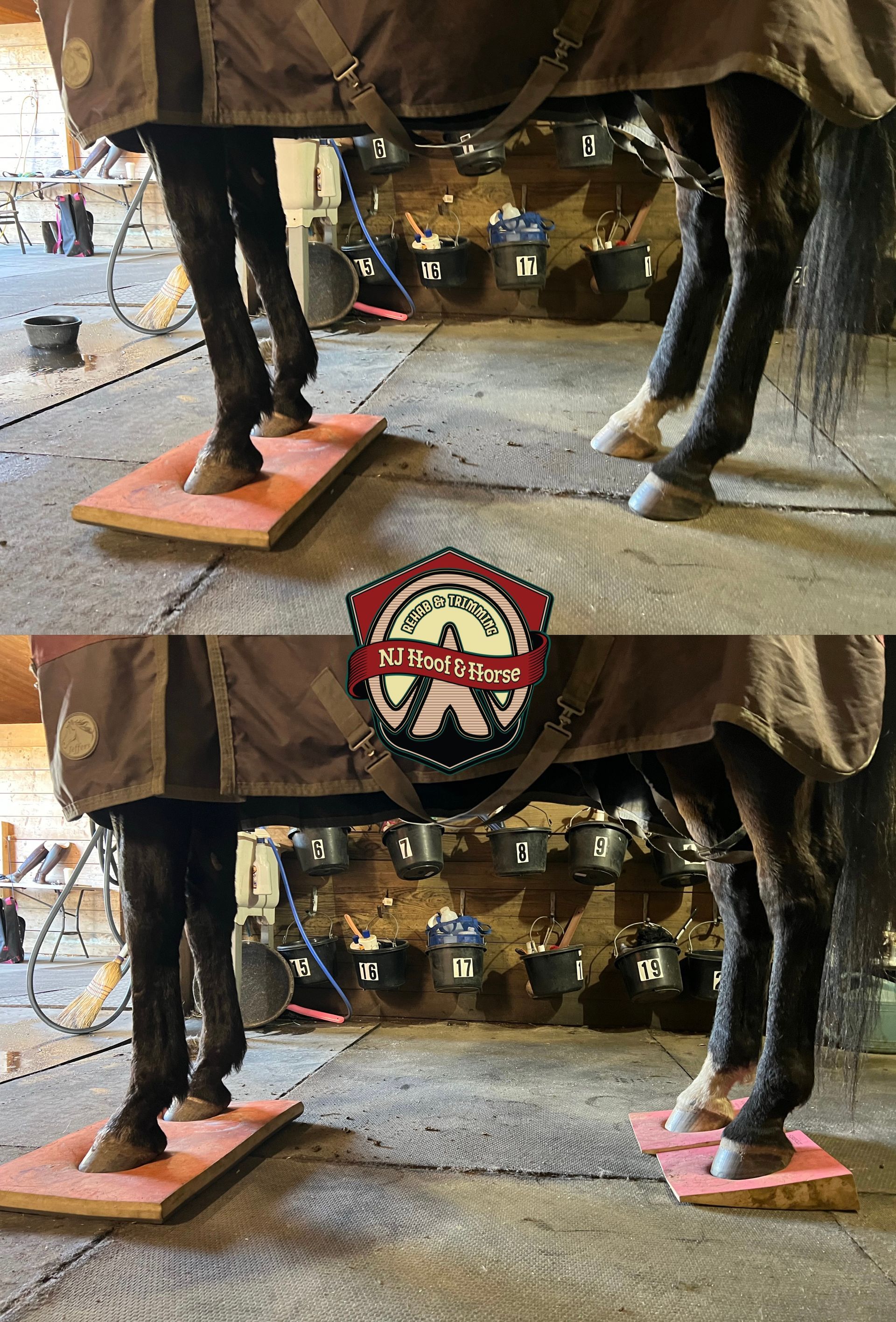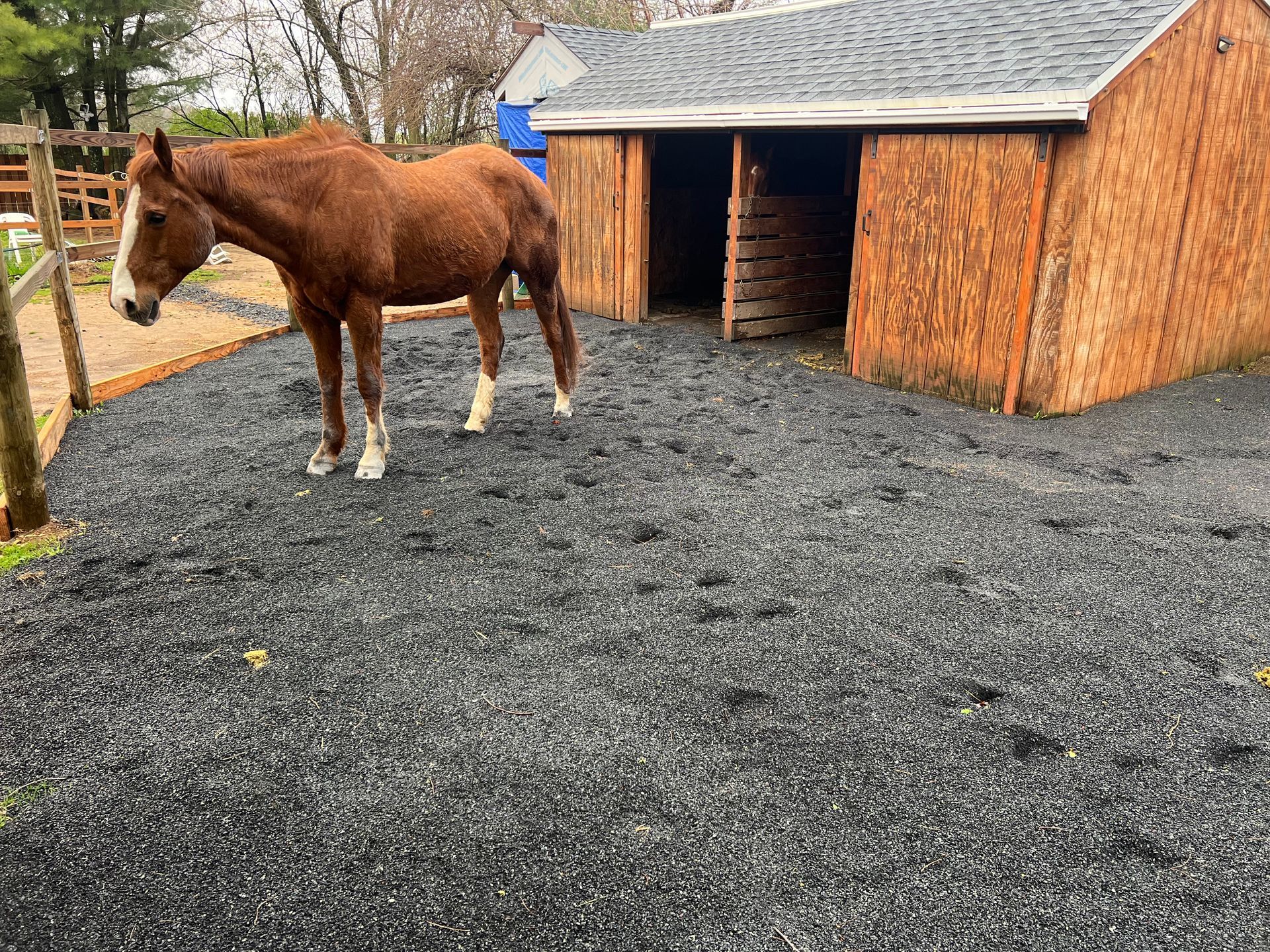Lame horse after farrier visit
One Minute Discussions #18
Discussing Natural Hoof & Horse Care
LAME HORSE AFTER FARRIER VISIT
How many times has your horse got lame after a trim or shoe job? Is it a normal thing for them to be sore for a day or two?
Before blaming it on the farrier, first and foremost we have to identify the cause of lameness. Are there underlying problems that are causing inflammation, and the slightest change in the trim makes the horse lame? Perhaps over the years, from improper movement and diet, the hooves have become so pathological and atrophied that even the best trim out there is a nightmare for the horse.
In other cases, sometimes professionals may be aggressive/take too much off in a single trim and lame the horse. Is that normal?
There are two main opinions about this… many farriers state that they want the horse to be sound at any cost while others say that if an aggressive trim changes most of the problems in one shot, even if the horse is lame afterwards, it’s worth it and things will improve.
The goal here is not to be against an idea or method, rather be open minded. Where is this method/idea leading your horse? Do you see any improvements?
If you reason more on these questions, you will understand if a certain technique works for your horse or not.
Denys A.

